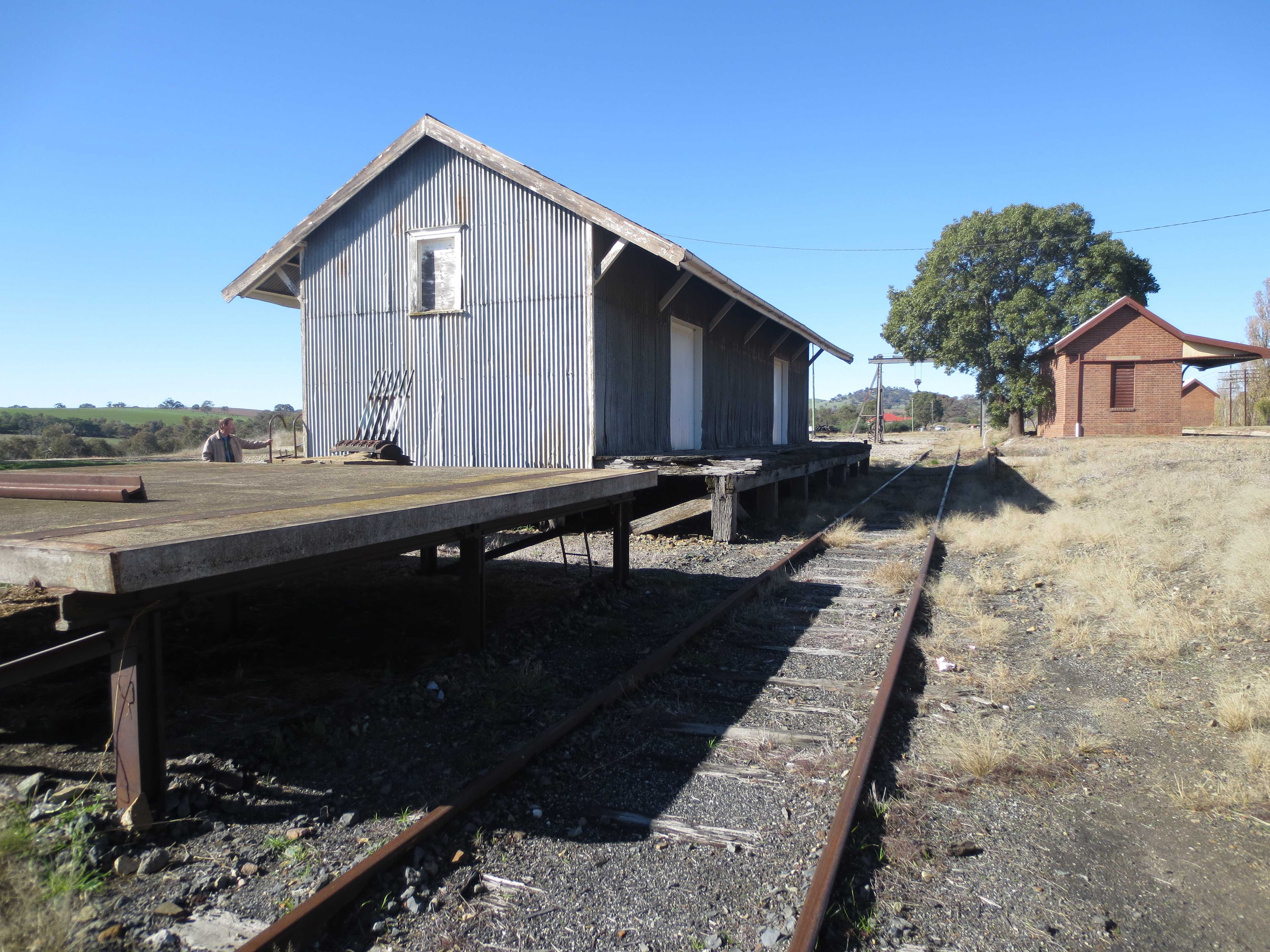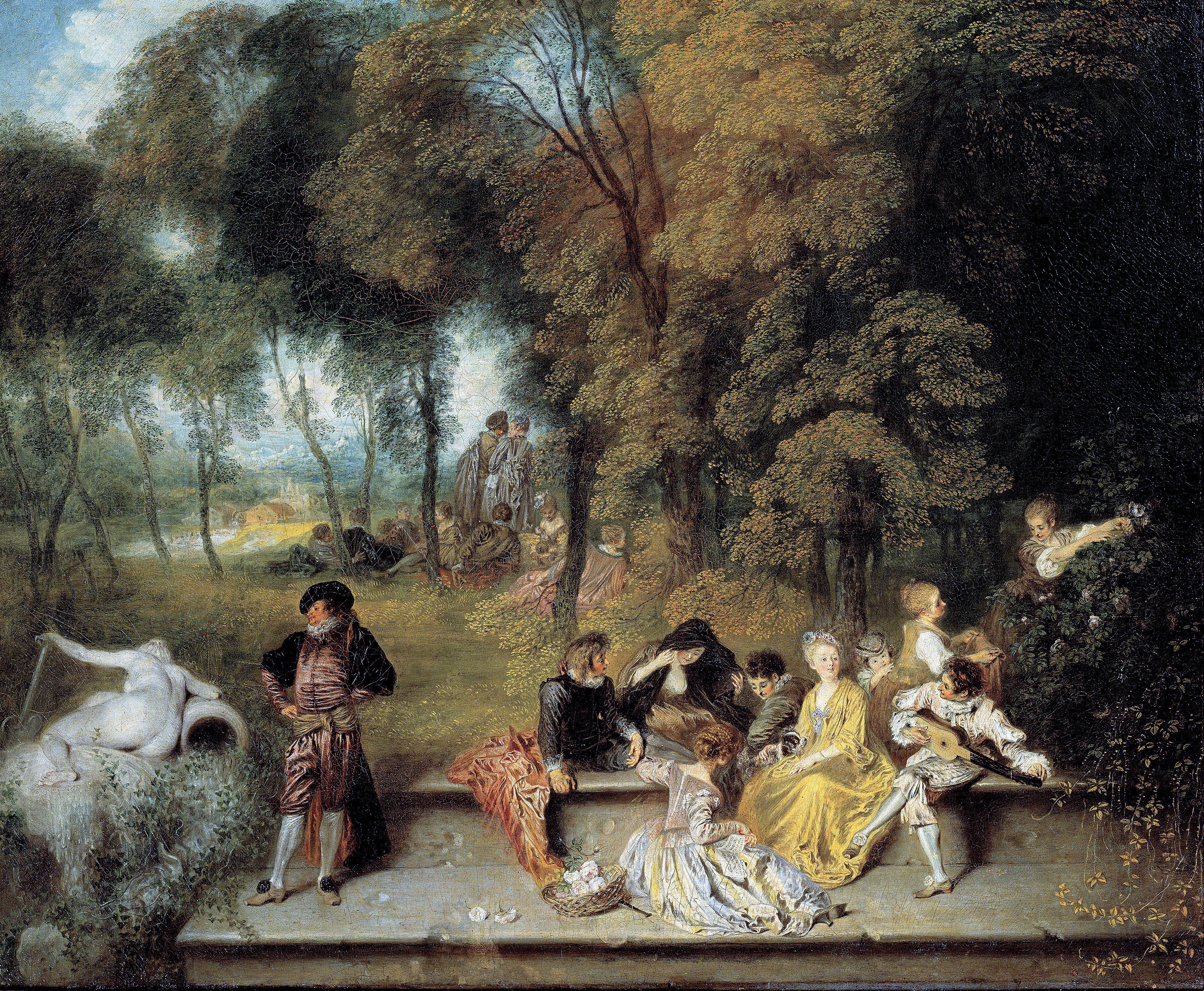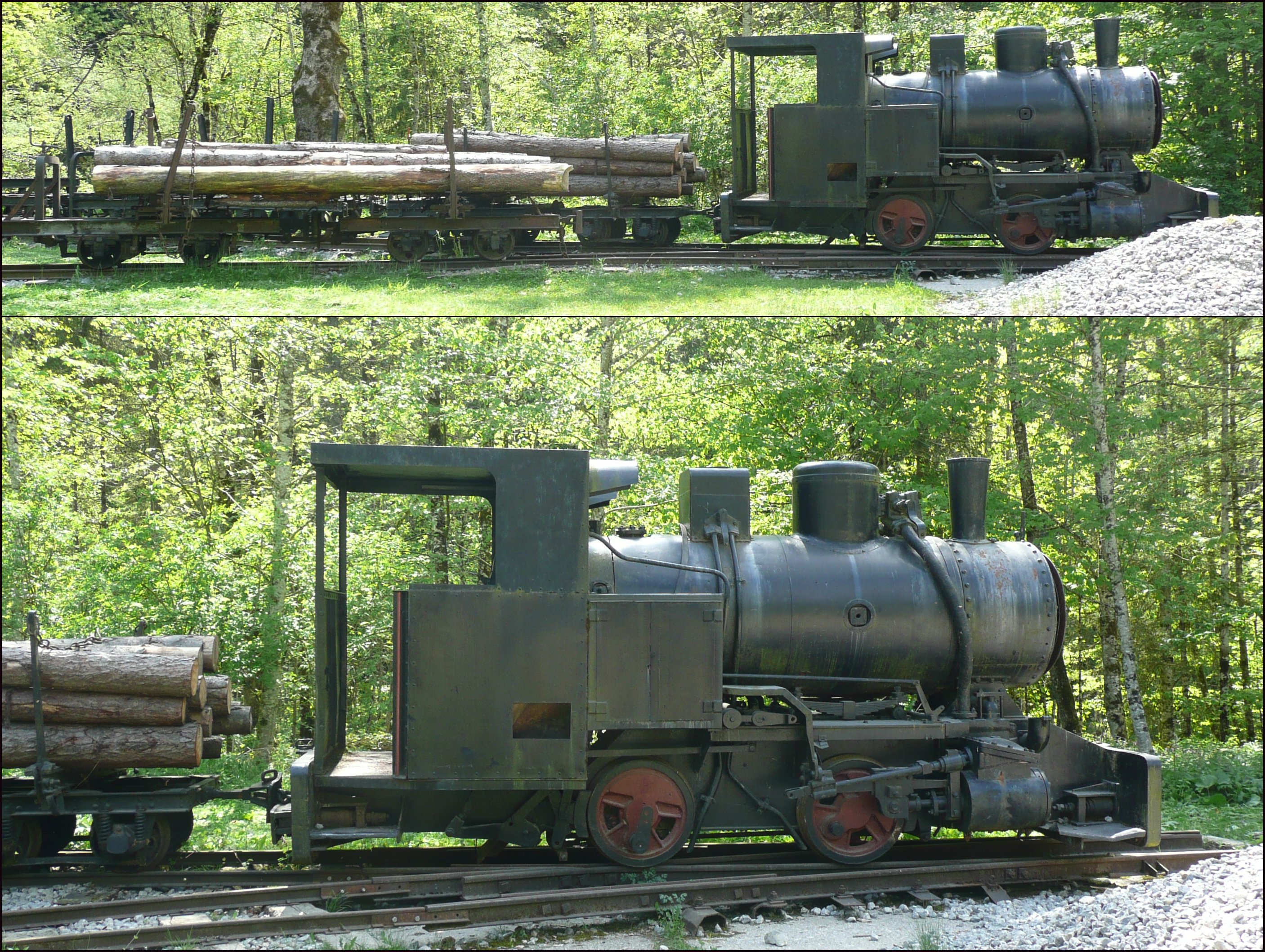|
Haytor Granite Tramway
The Haytor Granite Tramway (also called Heytor) was a tramway built to convey granite from Haytor Down, Dartmoor, Devon to the Stover Canal. It was very unusual in that the track was formed of granite sections, shaped to guide the wheels of horse-drawn wagons. It was built in 1820; the granite was in demand in the developing cities of England as masonry to construct public buildings and bridges. In 1850 the quarries employed about 100 men but by 1858 they had closed due to the availability of cheaper Cornish granite. The Haytor rocks and quarries are protected from development and disturbance as a Site of Special Scientific Interest. Operation and purpose The granite from the quarries near Haytor Rock was much in demand for construction work in the cities of England, but in an era when railways and reliable roads had not yet been developed, the transport of this heavy and bulky commodity was a significant problem. Coastal shipping was a practicable transport medium, and the ... [...More Info...] [...Related Items...] OR: [Wikipedia] [Google] [Baidu] |
Granite
Granite () is a coarse-grained ( phaneritic) intrusive igneous rock composed mostly of quartz, alkali feldspar, and plagioclase. It forms from magma with a high content of silica and alkali metal oxides that slowly cools and solidifies underground. It is common in the continental crust of Earth, where it is found in igneous intrusions. These range in size from dikes only a few centimeters across to batholiths exposed over hundreds of square kilometers. Granite is typical of a larger family of ''granitic rocks'', or '' granitoids'', that are composed mostly of coarse-grained quartz and feldspars in varying proportions. These rocks are classified by the relative percentages of quartz, alkali feldspar, and plagioclase (the QAPF classification), with true granite representing granitic rocks rich in quartz and alkali feldspar. Most granitic rocks also contain mica or amphibole minerals, though a few (known as leucogranites) contain almost no dark minerals. Granite is ... [...More Info...] [...Related Items...] OR: [Wikipedia] [Google] [Baidu] |
Transshipment
Transshipment, trans-shipment or transhipment is the shipment of goods or containers to an intermediate destination, then to another destination. One possible reason for transshipment is to change the means of transport during the journey (e.g., from ship transport to road transport), known as transloading. Another reason is to combine small shipments into a large shipment (consolidation), or the opposite: dividing a large shipment into smaller shipments (deconsolidation). Transshipment usually takes place in transport hubs. Much international transshipment also takes place in designated customs areas, thus avoiding the need for customs checks or duties, otherwise a major hindrance for efficient transport. An item handled (from the shipper's point of view) as a single movement is not generally considered transshipped, even if it changes from one mode of transport to another at several points. Previously, it was often not distinguished from transloading, since each leg of su ... [...More Info...] [...Related Items...] OR: [Wikipedia] [Google] [Baidu] |
Fête Champêtre
A fête champêtre was a form of entertainment in the 18th century, taking the form of a garden party. This form of entertainment was particularly practised by the French court, where in the Gardens of Versailles and elsewhere areas of the park were landscaped with follies, pavilions and temples to accommodate such festivities. The term is a French expression, very literally translating as "party in the fields", meaning a "pastoral festival" or "country feast" and in theory was a simple form of entertainment, perhaps little more than a picnic or informal open air dancing. In practice, especially in the 18th century, the simplicity of the event was often contrived. A fête champêtre was often a very elegant form of entertainment involving on occasions whole orchestras hidden in trees, with guests sometimes in fancy dress. Such events became a popular subject in French 18th-century painting, representing a glamourized aristocratic form of pastoral, with "scenes of well ... [...More Info...] [...Related Items...] OR: [Wikipedia] [Google] [Baidu] |
Tramway (industrial)
Tramways are lightly laid railways, sometimes with the wagons or carriages moved without locomotives. Because individual tramway infrastructure is not intended to carry the weight of typical standard-gauge railway equipment, the tramways over which they operate may be built from less substantial materials. Tramways can exist in many forms; sometimes just tracks temporarily placed on the ground to transport materials around a factory, mine or quarry. Many, if not most, use narrow-gauge railway technology. The trains can be manually pushed by hand, pulled by animals (especially horses and mules), cable hauled by a stationary engine, or use small, light locomotives. The term is not in use in North America but in common use in the United Kingdom, and elsewhere, where British Railway terminology and practices had large influences on management practices, terminology, and railway cultures such as Australia, New Zealand, and those parts of Asia that consulted with British experts whe ... [...More Info...] [...Related Items...] OR: [Wikipedia] [Google] [Baidu] |
Richard Trevithick Railway (England)
Richard is a male given name. It originates, via Old French, from Old Frankish and is a compound of the words descending from Proto-Germanic ''*rīk-'' 'ruler, leader, king' and ''*hardu-'' 'strong, brave, hardy', and it therefore means 'strong in rule'. Nicknames include "Richie", "Dick", "Dickon", " Dickie", "Rich", "Rick", "Rico", "Ricky", and more. Richard is a common English, German and French male name. It's also used in many more languages, particularly Germanic, such as Norwegian, Danish, Swedish, Icelandic, and Dutch, as well as other languages including Irish, Scottish, Welsh and Finnish. Richard is cognate with variants of the name in other European languages, such as the Swedish "Rickard", the Catalan "Ricard" and the Italian "Riccardo", among others (see comprehensive variant list below). People named Richard Multiple people with the same name * Richard Andersen (other) * Richard Anderson (other) * Richard Cartwright (other) * Ri ... [...More Info...] [...Related Items...] OR: [Wikipedia] [Google] [Baidu] |
Plug And Feather
Plug and feather, also known as plugs and wedges, feather and wedges, wedges and shims, pins and feathers and feather and tare, refers to a technique and a three-piece tool set used to split stone. Description Each set consists of a metal wedge (the plug), and two shims (the feathers). The feathers are wide at the bottom, and tapered and curved at the top. When the two feathers are placed on either side of the plug, the combined width of the set is the same at both ends. Technique Multiple sets of plug and feathers are typically used to split a single, large piece of stone. The stone is first examined to determine the direction of the grain and to identify any potential defects. After the location of the intended split is chosen, a line is scored on the surface of the stone. A number of holes are then cut or drilled into the stone face along the scored line approximately 10 – 20 cm apart. Plug and feather sets are then inserted in the holes with the "ears" of the feathers ... [...More Info...] [...Related Items...] OR: [Wikipedia] [Google] [Baidu] |
Exeter War Memorial
Exeter War Memorial, also known as The Northernhay War Memorial is a war memorial in Northernhay Gardens in the city of Exeter, Devon. Designed by John Angel, it was erected by public subscription in 1923 and cost over £6,000. History At the time, John Angel was spending four years as an assistant to Sir George Frampton, and his influence is apparent in the allegorical style. The figure of "Peace" (also known as ''Victory'' .) was exhibited by Angel at The Royal Academy in 1922, being exhibited in the courtyard of Burlington House, as were other studies of this and the Bridgewater War Memorial on several occasions. Quarried from Blackingstone Quarry, near Moretonhampstead, and erected by Messrs. Easton & Son of Exeter, it is a total of high, with a high pedestal. The figure representing Victory, tall, is said to hold "aloft a spray of laurels in token of gratitude to Heaven. Boldly modelled, and with considerable action, this figure, standing on a dragon, forms an ... [...More Info...] [...Related Items...] OR: [Wikipedia] [Google] [Baidu] |
Ludgate Circus
Ludgate Circus is a road junction in the City of London where Farringdon Street/New Bridge Street (the A201) crosses Fleet Street/Ludgate Hill. (Ludgate Hill is a gentle rise to St Paul's Cathedral.) Fleet Street was the only direct road between the cities of London and Westminster till the Embankment was opened in 1870. The Circus crosses the River Fleet, London's largest subterranean river. The concave-arced façades of the buildings facing the Circus were constructed between 1864 and 1875 using Haytor granite from Dartmoor in Devon transported via the prototype Haytor Granite Tramway. In Charles Dickens' ''Dictionary of London'' (1879) the area was described as "Farringdon-circus". Etymology The name Ludgate, according to Stow in his 1598 Survey of London, was derived from the belief that the gate had been created by the pre-Roman British king of London, King Lud, as many of his contemporaries believed. When a new gate was erected a statue on it depicted him, along with one ... [...More Info...] [...Related Items...] OR: [Wikipedia] [Google] [Baidu] |
General Post Office
The General Post Office (GPO) was the state mail, postal system and telecommunications carrier of the United Kingdom until 1969. Before the Acts of Union 1707, it was the postal system of the Kingdom of England, established by Charles II of England, Charles II in 1660. Similar General Post Office (other), General Post Offices were established across the British Empire. In 1969 the GPO was abolished and the assets transferred to Post Office Ltd#History, The Post Office, changing it from a Department of State to a statutory corporation. In 1980, the telecommunications and postal sides were split prior to BT Group, British Telecommunications' conversion into a totally separate publicly owned corporation the following year as a result of the British Telecommunications Act 1981. For the more recent history of the postal system in the United Kingdom, see the articles Royal Mail and Post Office Ltd. Originally, the GPO was a state monopoly covering the dispatch of items from ... [...More Info...] [...Related Items...] OR: [Wikipedia] [Google] [Baidu] |
British Museum
The British Museum is a public museum dedicated to human history, art and culture located in the Bloomsbury area of London. Its permanent collection of eight million works is among the largest and most comprehensive in existence. It documents the story of human culture from its beginnings to the present.Among the national museums in London, sculpture and decorative and applied art are in the Victoria and Albert Museum; the British Museum houses earlier art, non-Western art, prints and drawings. The National Gallery holds the national collection of Western European art to about 1900, while art of the 20th century on is at Tate Modern. Tate Britain holds British Art from 1500 onwards. Books, manuscripts and many works on paper are in the British Library. There are significant overlaps between the coverage of the various collections. The British Museum was the first public national museum to cover all fields of knowledge. The museum was established in 1753, largely ... [...More Info...] [...Related Items...] OR: [Wikipedia] [Google] [Baidu] |







